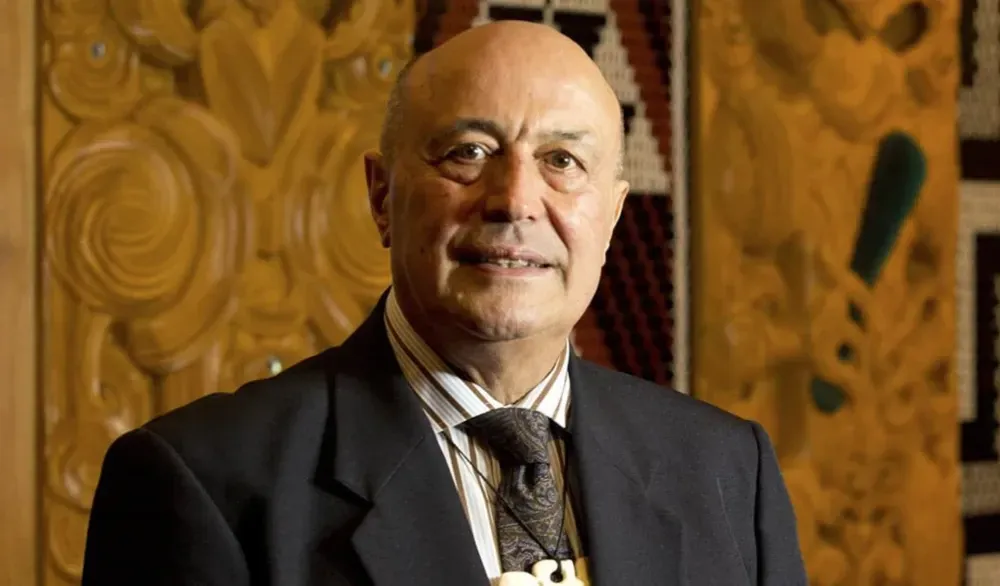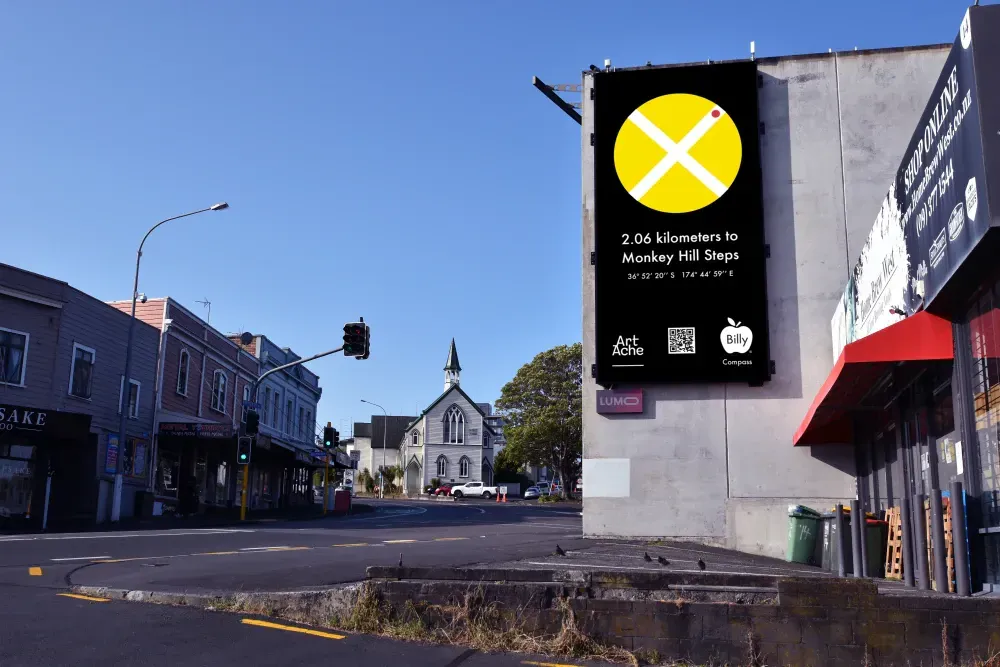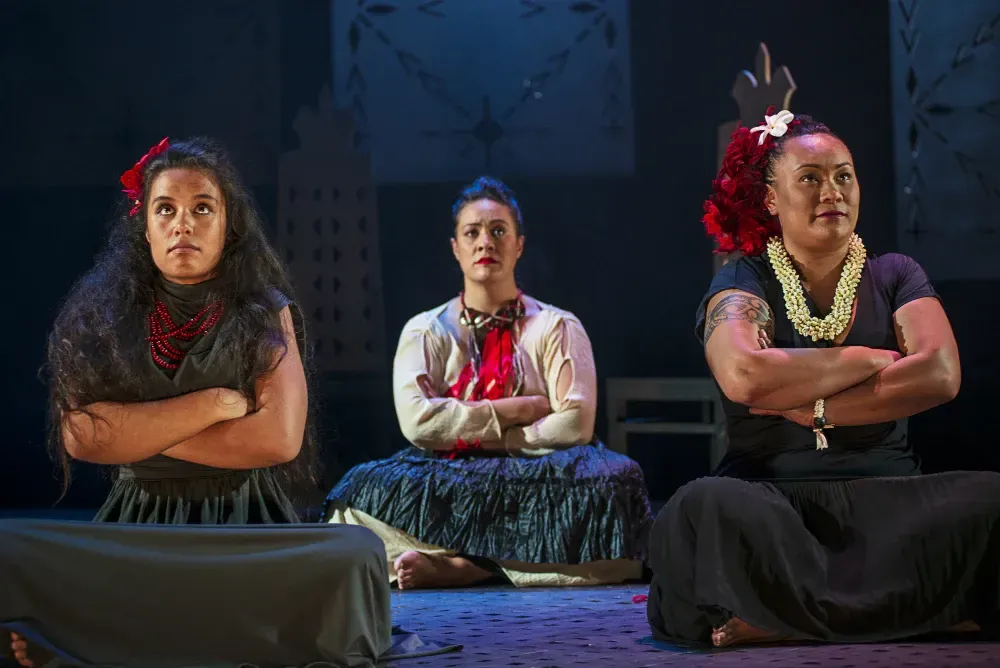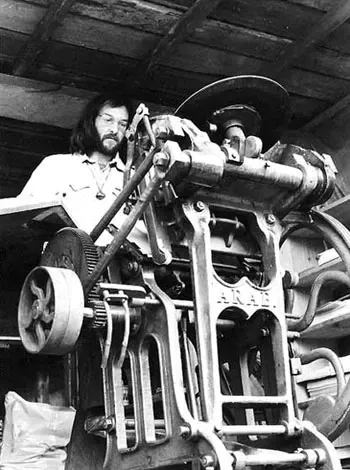Where are the queer art exhibitions?
Written by
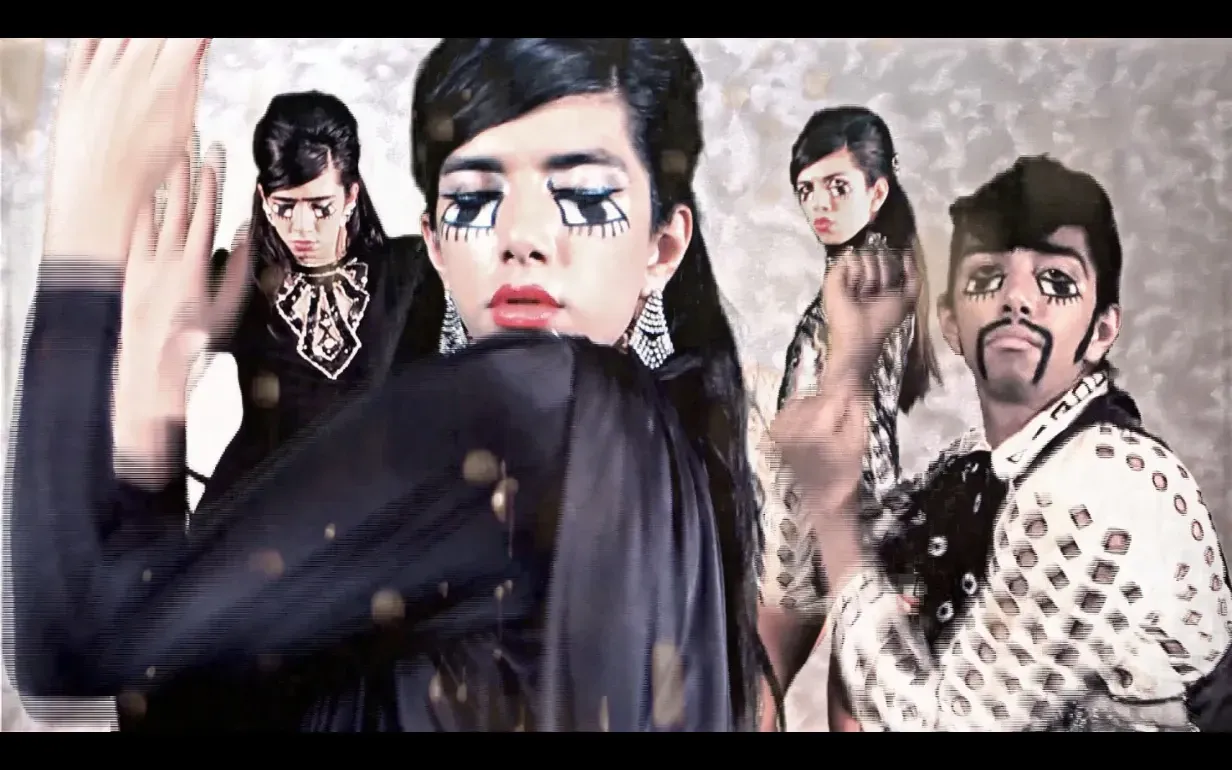
Major public exhibitions explicitly about or of the work of queer artists have been largely noticeable by their absence in Aotearoa. Even Thailand’s Bangkok Art and Culture Center has recently opened a survey of LGBTQ-themed art. There have been occasional smaller shows. Late in 2019, we had the excellent Queermancy at Wellington artist run space Play_station (review here), and in 2018 Sleeping Arrangements at the Dowse but, as Auckland’s Gus Fisher Gallery notes, “the timely nature” of announcing Queer Algorhithms “cannot be overstated, with a severe lack of programming of major group exhibitions by queer artists in New Zealand’s public art galleries.” Assuming a “polyvocal and intersectional standpoint”, the exhibition opens February 15.
Furthermore, the lack of visibility of queer artists in public institutions is the concern of this Tumblr article by artist Daniel John Corbett Sanders in December, reporting on his search of the Auckland Art Gallery’s online archive. "Out of the Auckland Art Gallery’s more than 17,000 artworks in their collection,” Corbett reports, “only 19 artworks are archived as being LGBTQ+ related, with 11 of those attributed to Fiona Clark. Doing the math, only 0.06% of the Auckland Art Gallery’s collection is archived as being LGBTQ+ related."
Sanders’ report isn’t (nor doesn’t pretend to be) full research, but what is clear from online discussion from artists and curators on Facebook is that the silence in representation is across many institutions. And, as one art dealer noted, the issue is being redressed internationally and “the terms 'Gay', 'Queer', 'AIDS', 'Lesbian' and 'Trans', bring up hundreds of results on the MoMA and Tate websites.”
Arts Education Frustrations
This week Peter O’Connor, Professor of Education at the University of Auckland has been part of bringing together the leaders of associations for arts educators in dance, music, art and theatre from schools nationally for the first time in more than a decade. A ten year period in which O’Connor writes “the life blood of a creative education have been systematically dismantled from schools…. A focus on STEM in secondary schools has seen the arts fade away. In initial teacher education, the arts have all but disappeared.”
O’Connor writes well on why the arts in education matter, but has told me of a “total and complete frustration” in the government’s use of rhetoric about why the arts matter but a lack of action. This week’s hui (in session as I write) aims to establish a national alliance to lobby for better treatment of the arts in schools.
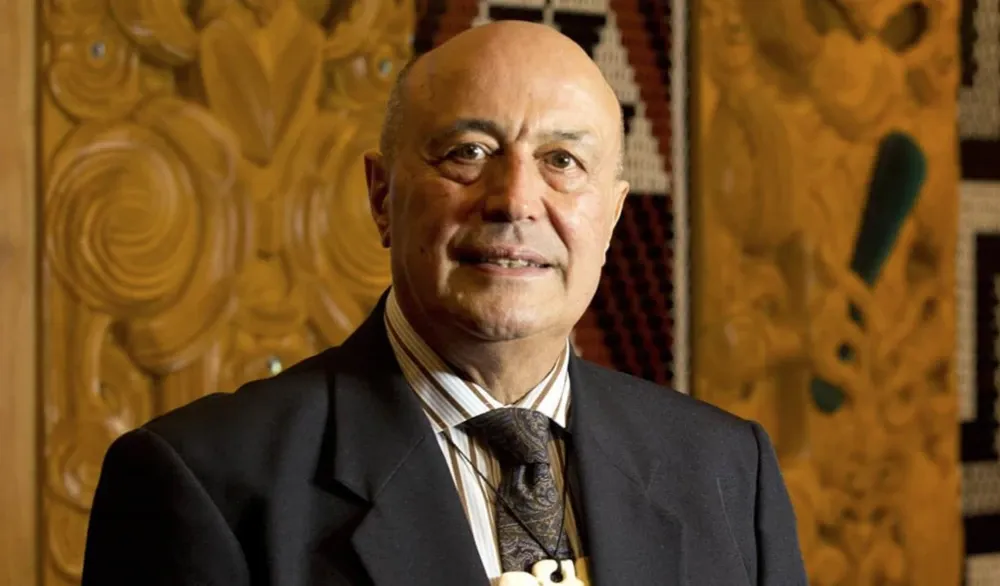
Professor Piri Sciascia.
Losing a Leader
Some sad news - over the weekend, Ngati Kahungunu kaumatua and respected arts leader Professor Piri Sciascia passed away. Throughout his impressive career, he championed Māori performing arts in many capacities, including as an assistant to the Governor General in events involving Māori. Many have paid their respects, with Māori Development Minister Nanaia Mahuta describing him as one of the great orators and spokespersons of a generation. Creative New Zealand also paid tribute to his "artistic excellence".
"Piri was a good friend to the arts and his leadership will be missed immensely," wrote CNZ. "Moe mai rā e te hoa."
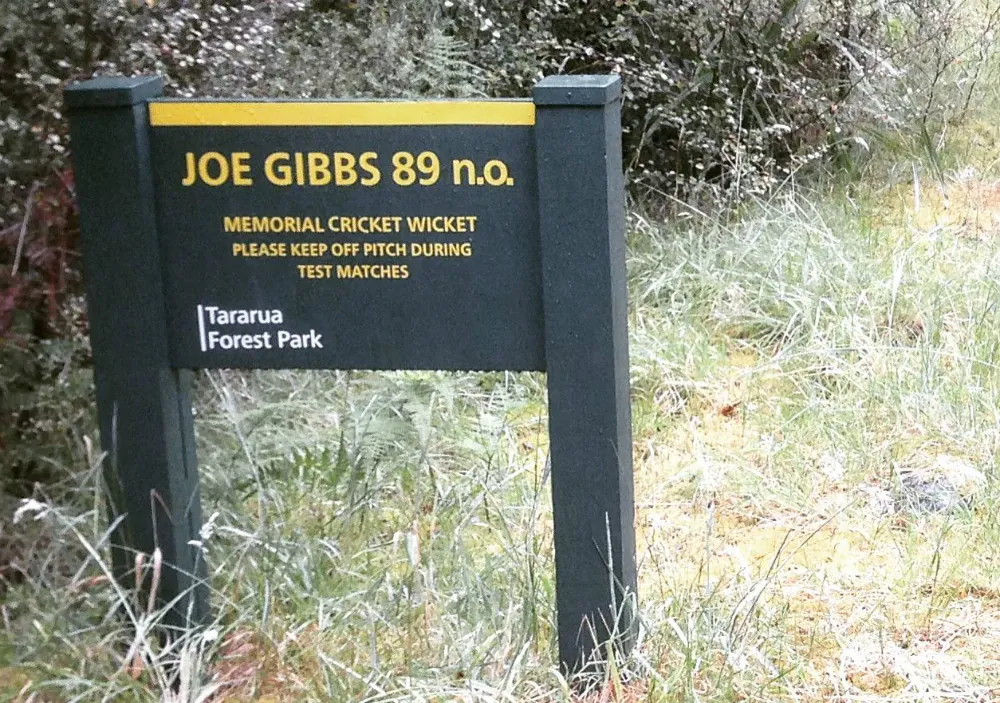
Tramping Art
Only fitting that in a country of national parks, the treasured pastime of tramping might foster a public art strand all of its own. Pictured is an anonymous work on the track between Kaitoke and Tutuwai Hut in the Tararua Ranges, North of Wellington I spotted on a family tramp last weekend. And from Tutuwai it’s another two hours walk to the Billy Apple work installed last year (featured in Lowdown #43) which marks the true centre of New Zealand.
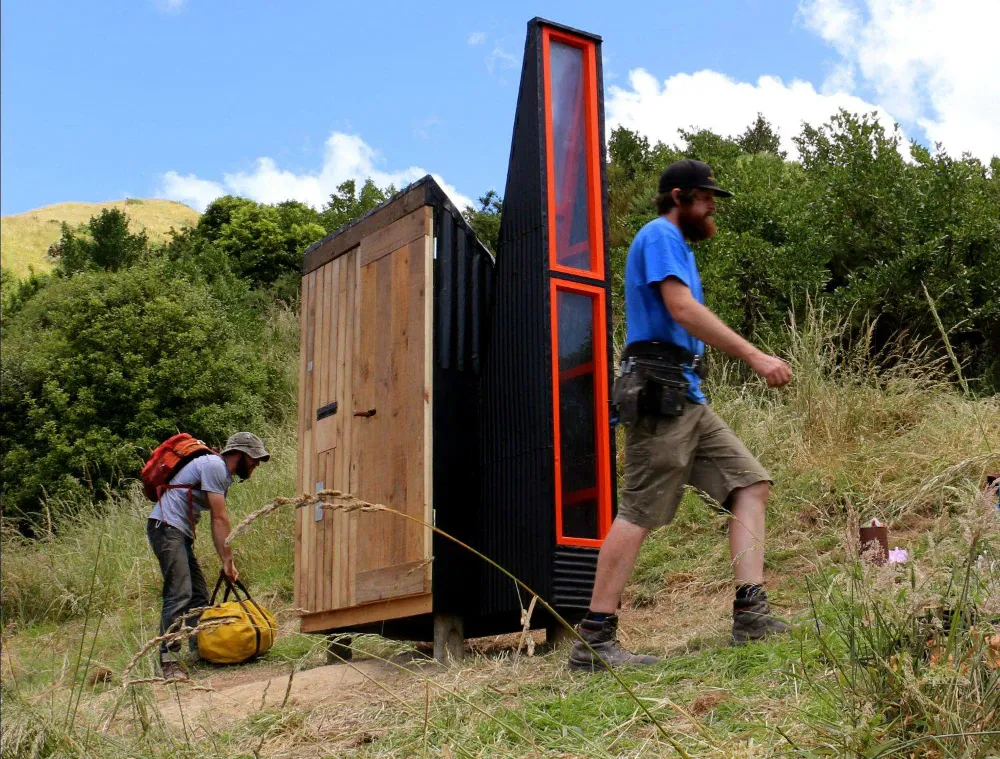
Kemi and Niko, Whareroa Farm hut.
Want a more modest summer walk for your art? Also near me, the year has started with the progressive installation of five small creative huts in out-of-the-way places on the Kāpiti Coast by public artists Kemi and Nico, as part of their NZ Festival project Urban Hut Club. Pictured is the first, hidden in a spectacular spot in regional park Whareroa Farm. They’ve also installed huts in suburban bush in Waikanae and Paraparaumu (directions can be found on Facebook here) . Huts are to follow in Ōtaki and Paekākāriki, joining a roaming hut that will provide information on the project during the festival. More on the project in this Kāpiti News story and in this great Canvas interview by Greg Bruce with the pair and Festival curator Bret McKenzie.
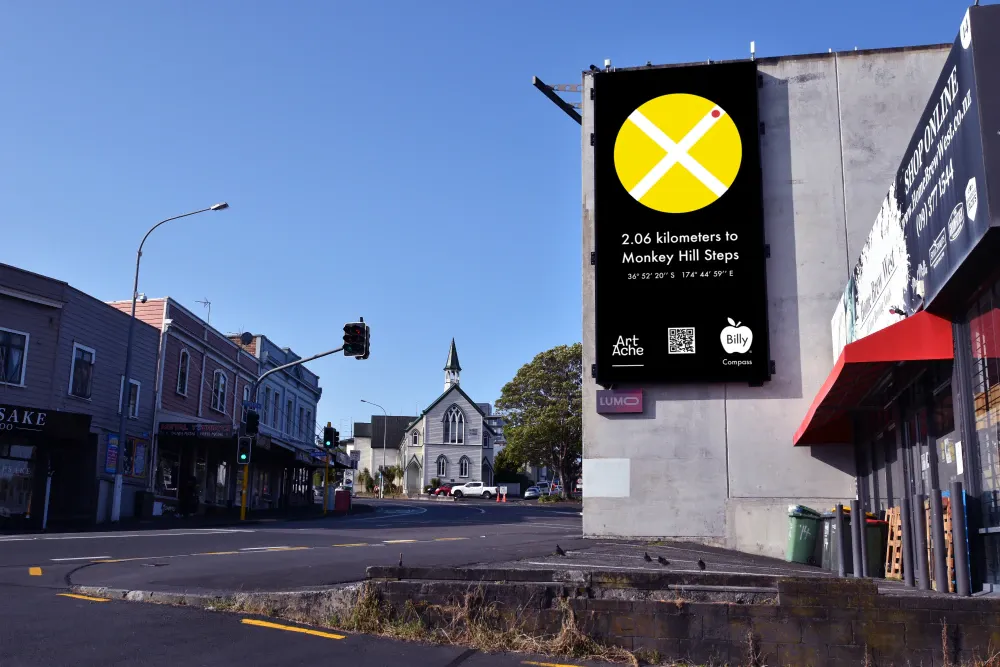
Works by Janet Lilo and Billy Apple in Auckland.
Speaking of Billy Apple and public art, Apple features alongside Janet Lilo this summer with work on Lumo digital billboards in Auckland’s Newton, Beach Road, Grey Lynn and Kingsland. It’s part of an ongoing season with producers Artache. Apple’s work, says Artache, “directly references the ‘Billy Apple Compass’, a commissioned work by Albert Eden Board created to encourage people to navigate around his artworks in the area. The QR code on the billboard will link directly to (an) app, and allow anyone participating to have their very own Billy Apple.” Could be handy to see these works extended for the bush.
Meanwhile in Wellington, The Urban Art Foundation (who produce exhibitions of reproductions of art on electronic display advertising spaces in high profile locations in Wellington and elsewhere) have facilitated an exchange of digitalised paintings and video art between Turku, Finland and Wellington. The exhibition is now on digital screens inside the NZ Academy of Fine Arts until 9 February and then in late June in Turku, it runs on the Teatteri Theatre’s outdoor digital screen. Turku “has a population equivalent to Wellington’s and is regarded as the cultural and culinary capital of the country.”
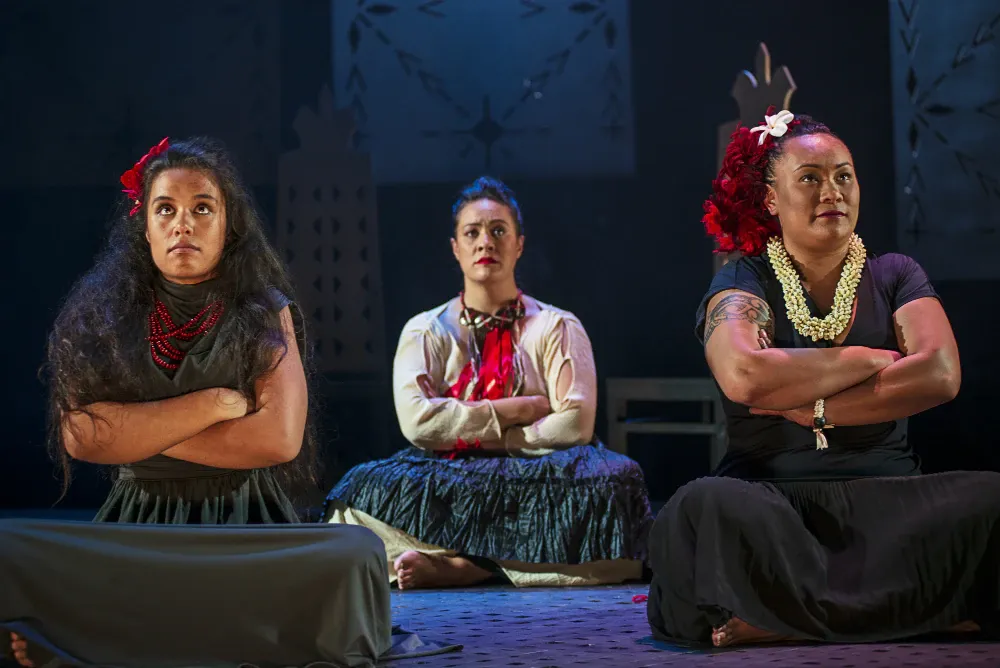
Wild Dogs Under My Skirt. Photo by Raymond Sagapolutel.
Wild Dogs Off Broadway
Great reviews are in for the celebrated theatre work Wild Dogs Under My Skirt by Tusiata Avia, which has just finished its run at the wee SoHo Playhouse off Broadway in New York, alongside the Modern Māori Quartet and solo verbatim piece The Contours of Heaven with performer Ana Chaya Scotney. Theatrescene.net called Wild Dogs powerful and engrossing while The New York Theater named it “a rhythmic, exuberant and startling work of theater.” The
Modern Māori Quartet meanwhile got a brief but acclamatory account of how they’d made “a big splash” in The Manhattan Digest.
Playwright Victor Rodger was in New York as producer of Wild Dogs. An excellent review of his last play black comedy Uma Lava, at Wellington’s Circa by David O’Donnell has been published this month on excellent international review site The Theatre Times.
Wild Dogs was also on the receiving end of a rave review rave from Prime Minister Jacinda Adern last week in this interview on her priorities for the arts for Equity Magazine. Those priorities are clear: “create wider access for our communities, and sustainable careers”.
The Equity interview by Lizzie Franks (originally published in the Equity 2019 Yearbook) is pertinent: as Franks’ writes, “one of Ardern’s first major announcements as Prime Minister was that her government would make changes to the ‘Hobbit Law’, which prevented film workers from collectively bargaining... within her first 100 days in office.” New law is to be introduced in 2020, which Equity NZ describe as hugely significant.
There’s a range of strong content from Equity magazine online, including this piece by Becky Kueck published in December about being a voiceover artist in the animation industry.
Other Arts News
Better late than never, the 2019 Auckland Theatre Awards were held January 17 at The Civic. The results are covered here by NZ Herald, with an Excellence award for overall production going to Nisha Madhan and Julia Croft’s Working On My Night Moves. That production was developed at the Battersea Arts Centre in London and will premiere in London from February 18 with NZ's Zanetti Productions.
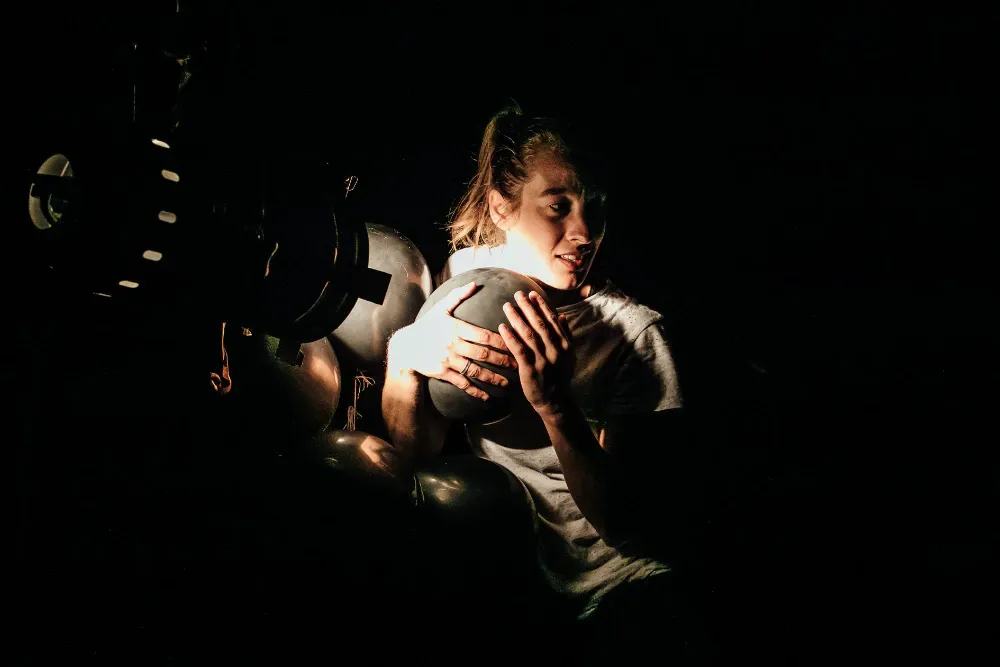
Working on My Night Moves. Image: Peter Jennings.
New Zealand film producer Robin Murphy has been chosen as one of the top ten filmmakers of the decade worldwide committed to diverse content creation by Diversity in Cannes, an independent film movement promoting inclusion at the Cannes Film Festival. Brought up in an illustrious filmmaking family (she was wardrobe manager on her dad Geoff’s Goodbye Pork Pie), she’s worked in the industry for 40 years. She’s produced numerous short films, including Run, which was awarded a special jury mention at the Cannes Film Festival in 2007 and web series Pot Luck. Her latest short film, Welby Ings’ Sparrow, has appeared in over 50 international film festivals, and she recently joined her director brother, Paul Murphy, to coproduce feature Lowdown Dirty Criminals, due out this year. Murphy spoke to RNZ’s Karyn Hay.
Great Reading
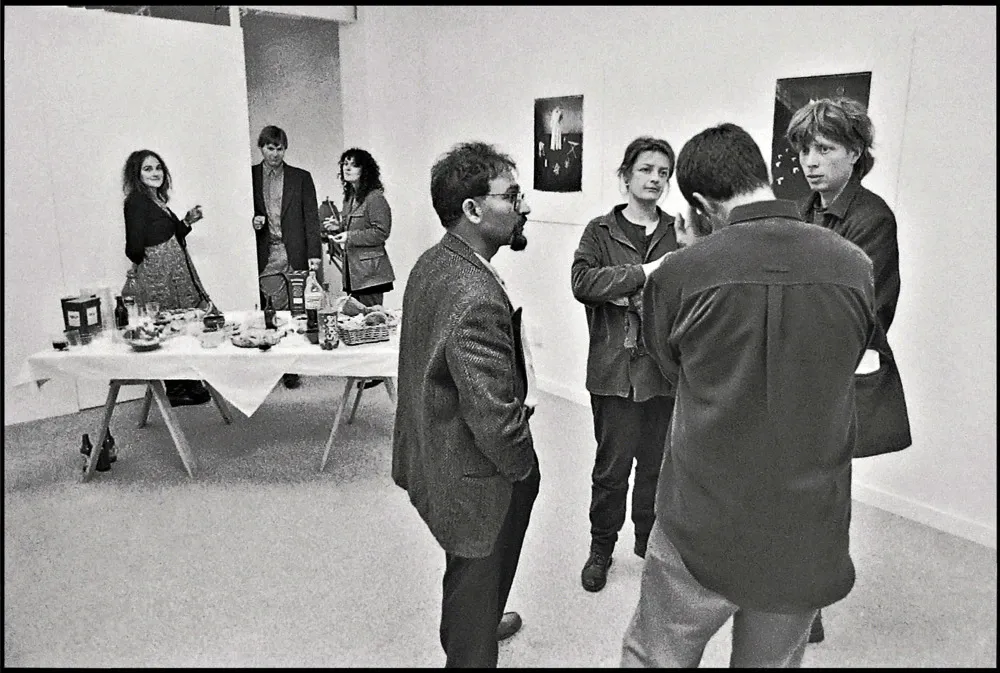
First Photospace opening. December 1988. Image: Reg Feuz. L-R: unidentified, Mark Marriott, Justine McLisky, Barry Paima, Karen Lee, James Gilberd and, Andrew Ross.
Photography galleries are few and far between, let alone a gallery that works actively in public service to represent the photographic community in all its diversity. Happy 21st then to Photospace in Wellington, run by James Gilberd. To celebrate, here’s a fascinating interview at Photoforum by Mary McPherson with Gilberd, tracking the ups and downs of such an enterprise since the late 1990s. The pictured first gallery opening was, Gilberd tells me, the first and last time they served cask wine.
Playwright Dave Armstrong’s latest satire is “the story of a fictional minor NZ left-wing party's unlikely rise to power.” The Surprise Party has just premiered at Circa, Wellington and is reviewed on Theatreview by Aaron Alexander. “The truth is that taking the piss out of the Left in 2020 can be a risky business, particularly for a middle-aged, male Pakeha. There's little doubt that if The Surprise Party had been written by someone without Dave Armstrong's high-profile progressive credentials it would provoke outrage – with the emphasis on the second syllable. It may still.”
In an excellent roundup of great 2019 art exhibitions, Hamish Coney on Newsroom writes on seven exhibitions that “ticked the wellbeing box”.
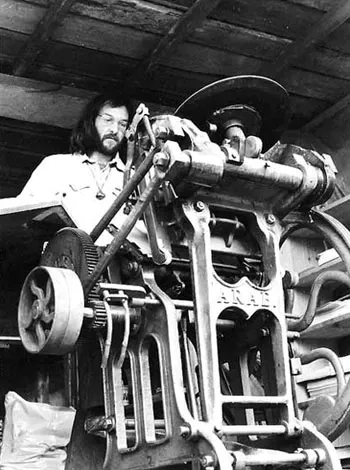
Alan Loney printing at Hawk Press, Taylors Mistake, 1976. Photo by Robin Neate.
Diminutive art publishing company Small Bore Books is republishing a rare book of poems by poet and artist Joanna Margaret Paul. Imogen was first published in 1978 by Alan Loney at Hawk Press (pictured) and “depicts, in sparse concrete verse, the birth, short life, and tragic death of her daughter, Imogen Rose”. In this blog, editor Frank Stark says the book is as much a tribute to Loney as a “crucial figure in New Zealand book-making, both as a printer and writer” and his attempt to assist Paul’s poetry with his use of type. Stark writes about the significant shift from the analogue to digital form in honouring the work.
Finally in The Spinoff Art section, Kiran Dass speaks to painter and printmaker Brent Harris. He’s a remarkable artist, well known in Australia but brought up in New Zealand, only now receiving recognition here as Harris feels able to return after the death of his father.
